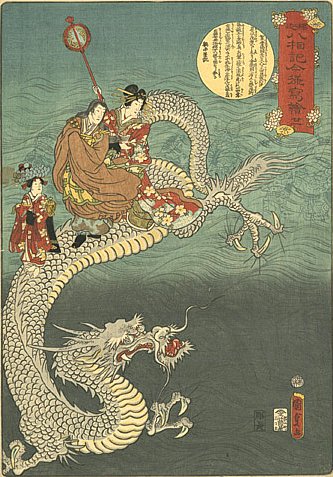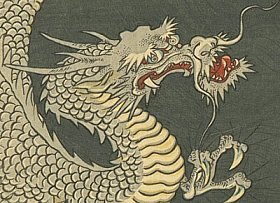

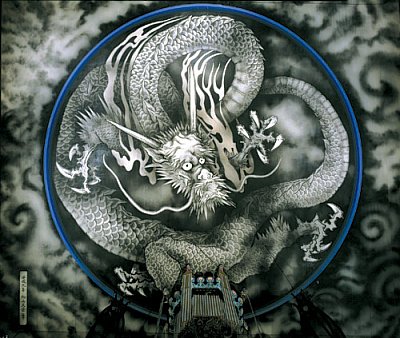
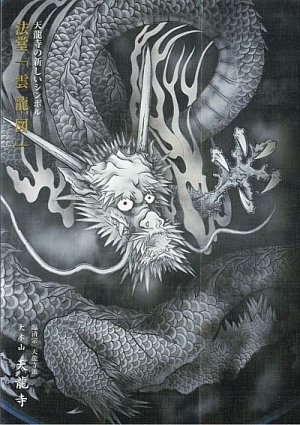
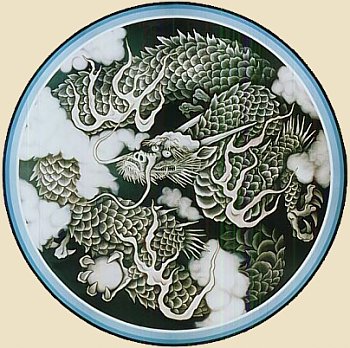
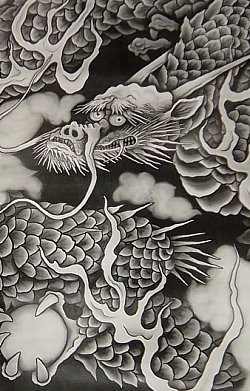
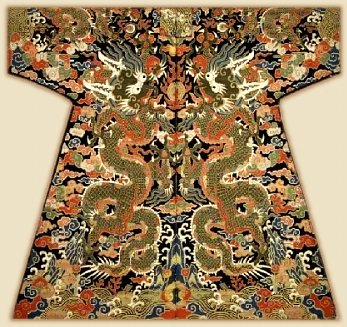
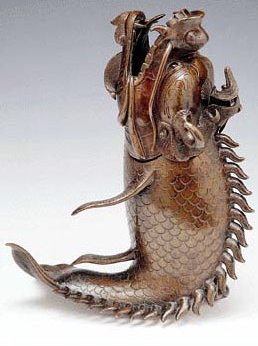

Dragon Star Constellation
From "Encyclopedia of Myth and Legend:
Chinese Mythology" by Derek Walters
In complete contrast to Western mythology, however, dragons are rarely depicted as malevolent. They may be fearsome and very powerful, and all stand in awe of the dragon-kings, but they are equally considered just, benevolent, and the bringers of wealth and good fortune. There are, of course, legends of the various immortals battling against evil dragons, but such monsters would be foreign ones. Local dragons are to be respected, feared, and petitioned as one would petition a just and honest ruler. For this reason, the dragon symbol is the sign of authority, being worn on the robes of the Imperial family and nobility.
Dragons are generally considered to be aquatic, living in lakes, rivers and the sea, the larger the expanse of water, the more powerful the dragon. Nevertheless, there are dragons which inhabit the heavens, one quarter of the sky being called the Palace of the Green Dragon, in reference to the stars which in Chinese astronomy constitute the Constellation of the Dragon. Even so, the appearance of the Dragon constellation is said to herald the rainy season (end quote from Walters).
